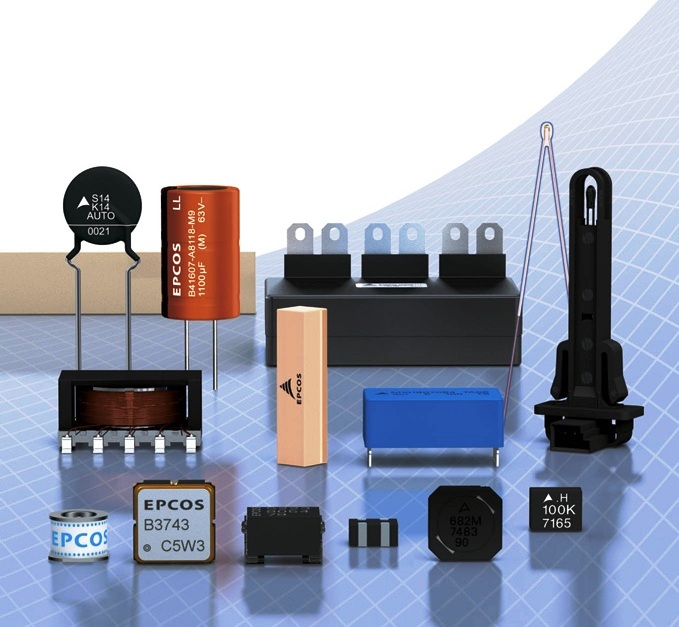«LEPCOS» LLC offers to its Customers a wide nomenclature of products made of magnetically hard materials (magnets) produced by home and foreign manufacturers.
Technological Features of Magnetically Hard Materials and Their Application Fields
 NdFeB (neodymium – iron - boron) magnets
NdFeB (neodymium – iron - boron) magnets
Rare-earth magnets that are manufactured by extrusion or by casting of Nd2Fe14B chemical substance Advantages of this magnet class are most highly exercised magnetic properties (high values of Br, bHc, iHC and (BH)max,) and also a low price. Because of low corrosion resistance, these magnets are usually coated by copper, nickel or zinc
Demagnetization Curves of NdFeBr Materials
Technical Specifications of NdFeB Magnets (pdf) (ru)
 ALNICO (ЮНДК in Russian) Magnets
ALNICO (ЮНДК in Russian) Magnets
Made of Al-Ni-Co-Fe alloy. Their main advantages are high temperature stability within a temperature range of up to 550°С, high time stability of parameters in combination with high value of coercitive force Br and also high corrosion resistance. Important factor in favor of their selection may be their significantly lesser price as compared with SmCo made magnets.
 Rare-earth SmCo (samarium - cobalt) magnets
Rare-earth SmCo (samarium - cobalt) magnets
These magnets are made of SmCo5/Sm2Co17 composition alloy processed by powder metallurgy methods and are characterized by high magnetic properties, excellent corrosion resistance and good parameter stability at temperatures of up to 350°С what provides their advantages over NdFeB magnets at high temperatures.
Demagnetization Curves of SmCo Materials
Technical Specifications of SmCo Magnets (pdf) (ru)
 Barium and Strontium Based Magnetically Hard Ferrites
Barium and Strontium Based Magnetically Hard Ferrites
These ferrites have a chemical composition of Ba/SrO.6 Fe2 O3 and are characterized by high demagnetization resistance combined with good corrosion resistance. In spite of low (as compared with other magnet classes) magnetic parameters and high fragility, magnetically hard ferrites found most wide application in industry due to their low price.
 Polymer permanent magnets (resin-bonded magnets)
Polymer permanent magnets (resin-bonded magnets)
These magnets are made of magnetic powder mixed with bonding polymer component (for example, rubber). Advantage of resin-bonded magnets is a possibility to obtain complex geometrical profile products with high precision of dimensions and also high corrosion resistance combined with high value of specific resistance and low weight.
 Magnetic Balls
Magnetic Balls
These products are intended to relieve nervous stresses and to develop movement coordination. These balls are irreplaceable during long tedious meetings. Good means for relieving a stress.
 Recommended Literature:
Recommended Literature:
Kunevich A.V., Podolskiy A.V., Sydorov I.N.
«Ferrites: Encyclopedic Manual. Magnets and Magnetic Systems. Volume 1» «Lyc» Publishing, 2004
This book is written by employees of Lepcos and is available for sale in LEPCOS LLC.




